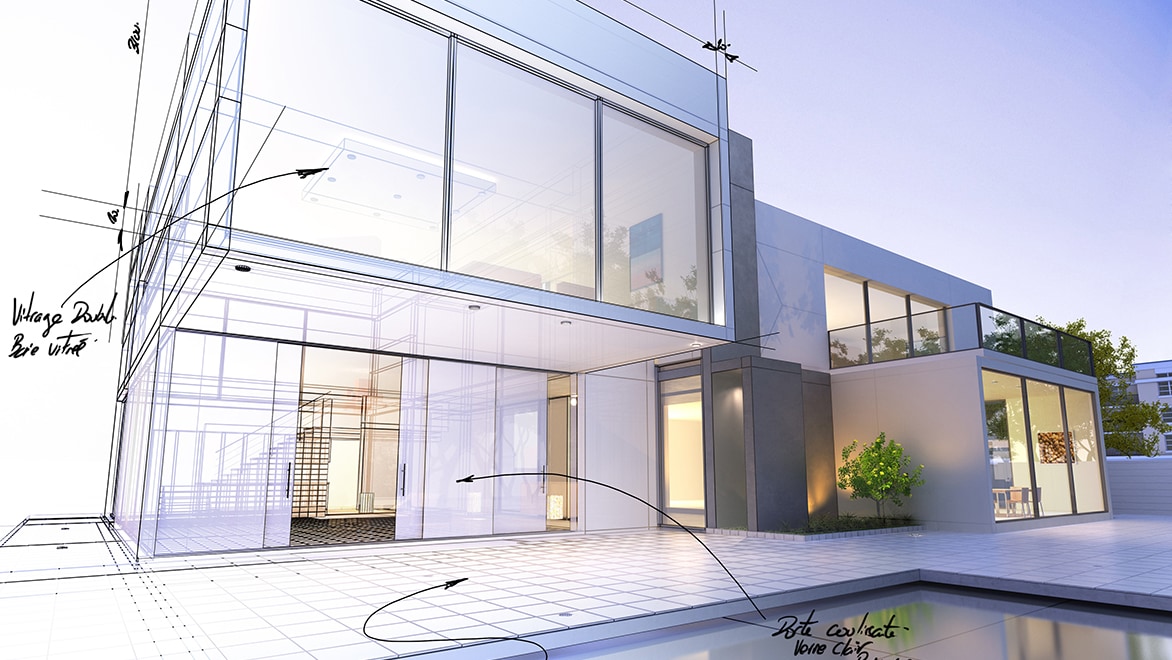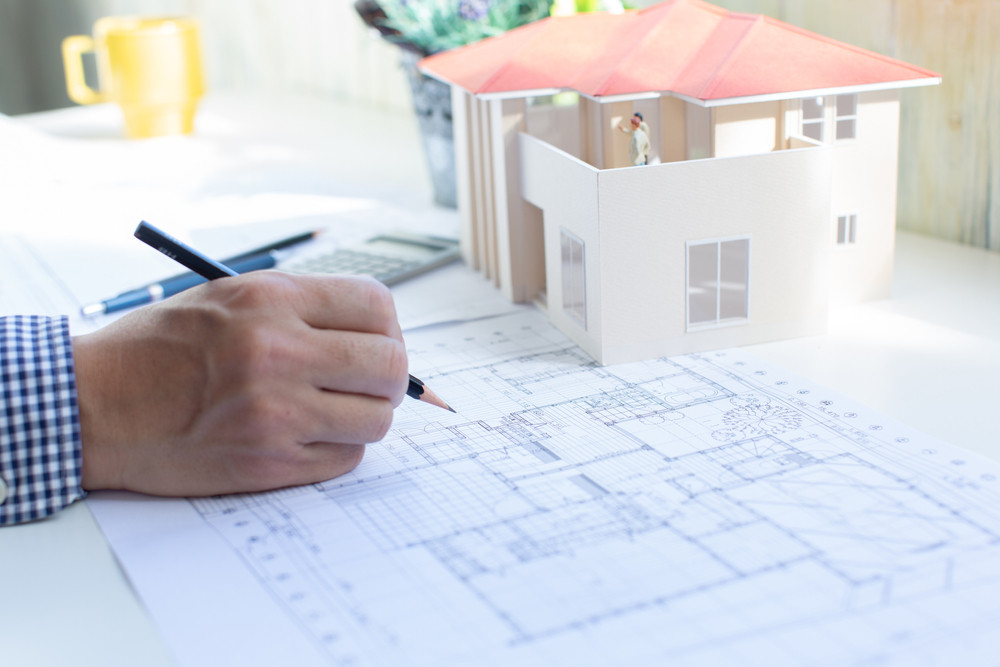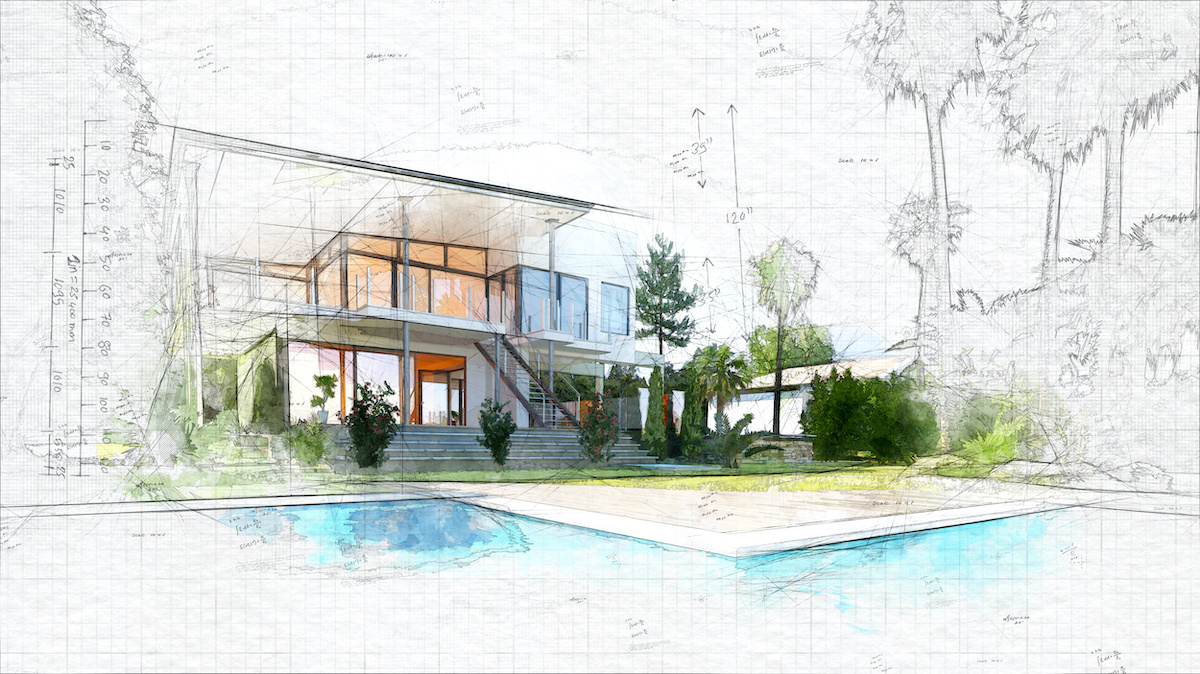Discover Innovative Layouts with Leading CDA Architects for Your Following Project
Discover Innovative Layouts with Leading CDA Architects for Your Following Project
Blog Article
A Comprehensive Introduction of Building Styles and Their Impact on Modern City Preparation and Advancement
Building styles have actually long offered as a mirror to the social values and technical improvements of their time, playing a vital duty in forming modern city preparation and advancement. From the majesty of Neoclassicism to the practical method of Brutalism, each style has introduced one-of-a-kind principles that influence city aesthetics and functionality.
Historic Overview of Building Designs

As cultures transitioned via the Middle Ages, Gothic design arised, identified by its verticality and detailed outlining, matching the spiritual goals of the age. The Renaissance marked a revival of classical suitables, merging art and architecture in innovative methods that influenced subsequent styles throughout Europe.

Today, architectural designs continue to develop, driven by globalization and sustainability concerns, mirroring a dynamic interaction between heritage and development. This historical overview underscores the importance of architecture as a mirror of social development and as a stimulant for urban advancement.
Trick Architectural Styles Explained
The diversity of architectural styles mirrors the myriad impacts that form our constructed setting, each embodying distinctive characteristics and social relevances. Key architectural designs include Timeless, Gothic, Baroque, Innovation, and Postmodernism, each standing for one-of-a-kind historical contexts and aesthetic viewpoints.
Timeless design, rooted in ancient Greece and Rome, emphasizes symmetry, percentage, and using columns (cda architects). On the other hand, Gothic style, flourishing in the Middle Ages, is identified by pointed arches, ribbed vaults, and flying buttresses, creating a heavenly top quality in cathedrals. Baroque architecture, emerging in the 17th century, is marked by grandeur, intricate ornamentation, and a dynamic interplay of light and darkness
Innovation, which got energy in the early 20th century, focuses on feature over kind, using brand-new products like steel and glass to create minimal structures. Postmodernism, reacting against the austerity of Modernism, welcomes eclecticism and historic recommendation, usually including spirited elements and paradox.

Effect On Urban Planning
In forming the growth of cities, architectural styles considerably affect urban preparation decisions. The option of architectural style usually dictates the visual appeals, performance, and general personality of city environments. For example, innovation, with its emphasis on minimalism and capability, motivates open rooms and the assimilation of innovation, forming city designs that prioritize efficiency and accessibility. On the other hand, conventional styles may emphasize historical conservation, causing city styles that preserve cultural heritage and promote pedestrian-friendly settings.
In addition, architectural designs can impact zoning guidelines and land utilize policies. Urban coordinators have to think about the dominating architectural fads when designing districts, guaranteeing that brand-new advancements integrate with existing structures. This factor to consider fosters cohesive city landscapes and enhances community identity.
The execution of certain building styles can additionally affect socioeconomic elements within a city. As an example, premium modern styles might bring in upscale homeowners and businesses, resulting in gentrification, while much more cost effective housing solutions you can look here could prioritize useful and lasting layouts to suit varied populations. Eventually, the interaction in between architectural designs and city planning develops dynamic cities that mirror both historic context and contemporary needs, forming the lived experiences of their occupants
Sustainability and Modern Design
Building styles play a pivotal duty in resolving modern obstacles, specifically in the world of sustainability. As metropolitan locations increase and ecological issues intensify, modern style progressively embraces sustainable layout principles that prioritize power performance, source preservation, and very little ecological impact.
Contemporary architectural activities, such as biophilic design and eco-friendly style, supporter for structures that balance with their surroundings, making use of natural products and promoting biodiversity. These styles often integrate eco-friendly power sources, such as photovoltaic panels and wind turbines, to decrease dependence on nonrenewable fuel sources and reduced carbon footprints.
In addition, the combination of sophisticated innovations, such as clever structure systems, enhances energy administration, enhancing resource use while making certain resident convenience. Cutting-edge water monitoring approaches, consisting of rain harvesting and greywater recycling, additional add to sustainable city settings.
Especially, sustainability expands beyond environmental issues; it includes social and economic dimensions. By fostering area well-being and promoting inclusivity, contemporary building designs straighten with sustainable advancement objectives. Consequently, the advancement of architectural methods remains to shape resilient cities that not just meet the needs of today yet likewise guard the future for generations to find.
Area Involvement in Style
Community involvement in style offers as a crucial bridge between designers and the populaces great site they offer, guaranteeing that the built environment shows the needs and goals of its users. This joint procedure welcomes area members to add their insights and choices, cultivating a feeling of ownership and duty towards the spaces they occupy.
Effective area involvement uses various methods, such as workshops, studies, and public discussion forums, to collect diverse viewpoints. These techniques facilitate a two-way discussion, allowing architects to understand regional contexts while encouraging homeowners to articulate their worries and wishes. This inclusivity not only boosts the style quality yet likewise promotes social equity by dealing with the distinct difficulties dealt with by marginalized groups.
Additionally, neighborhood engagement can lead to ingenious remedies that might not arise in a conventional layout process. By incorporating neighborhood knowledge and social values, architects can develop rooms that resonate more deeply with users, boosting usability and sustainability. Eventually, prioritizing area interaction in layout procedures results in settings that nurture social interactions, support wellness, and enhance area ties, therefore playing a pivotal role fit contemporary urban landscapes.
Final Thought
Architectural styles have actually useful source profoundly affected modern-day city preparation and development, mirroring evolving social and technological contexts. As cities continue to expand and adjust, the continuous dialogue in between building heritage and modern style principles will certainly stay crucial in producing inclusive, dynamic spaces that enhance quality of life and advertise social equity.
Report this page